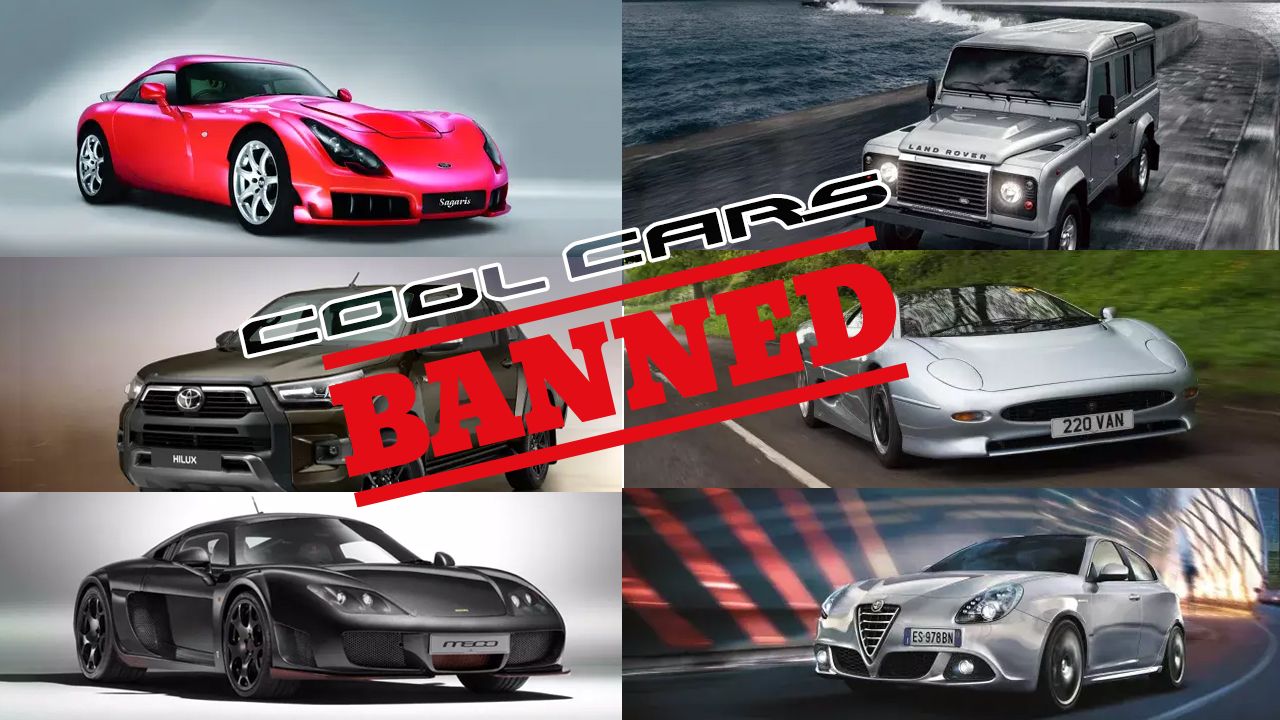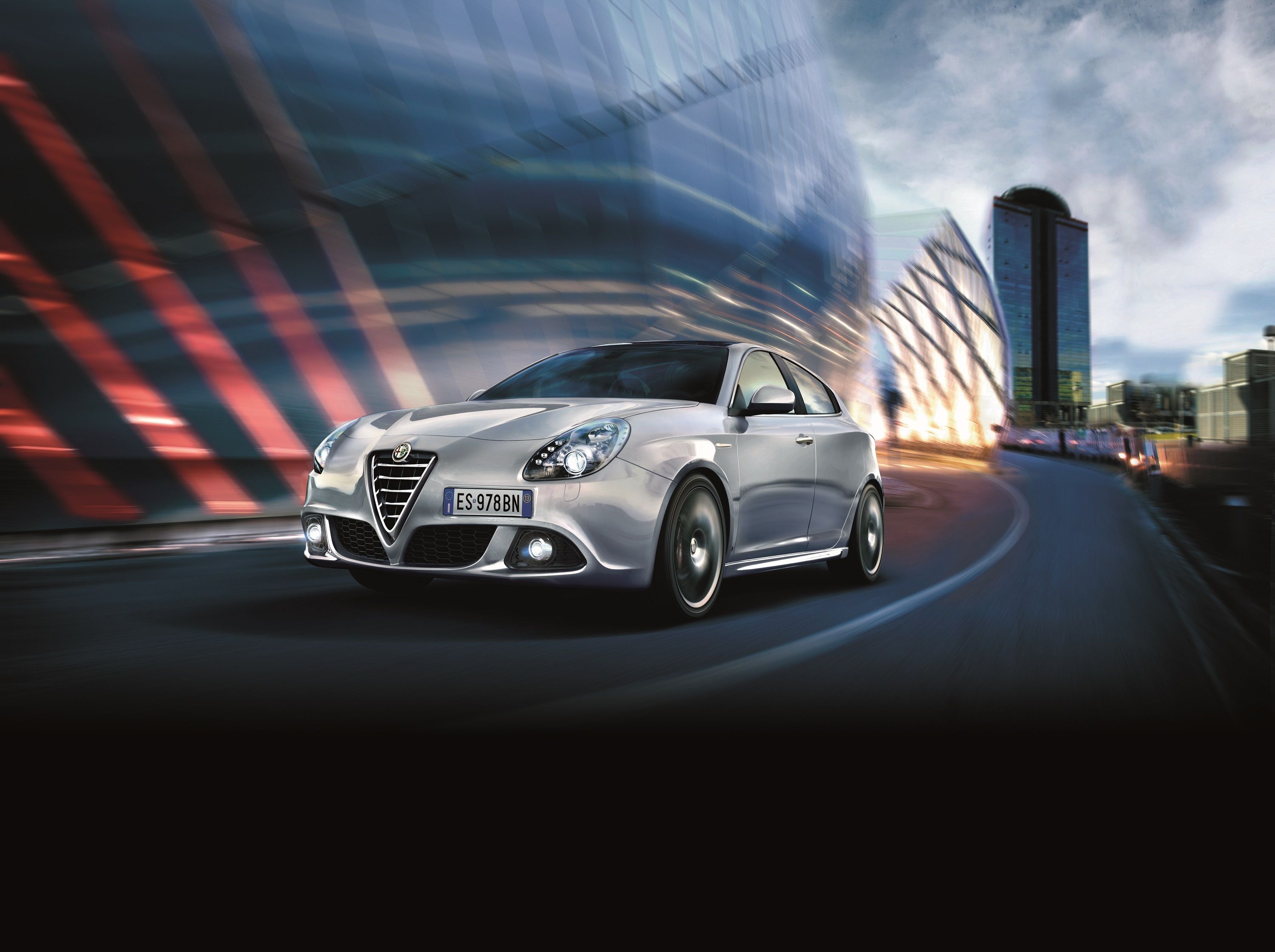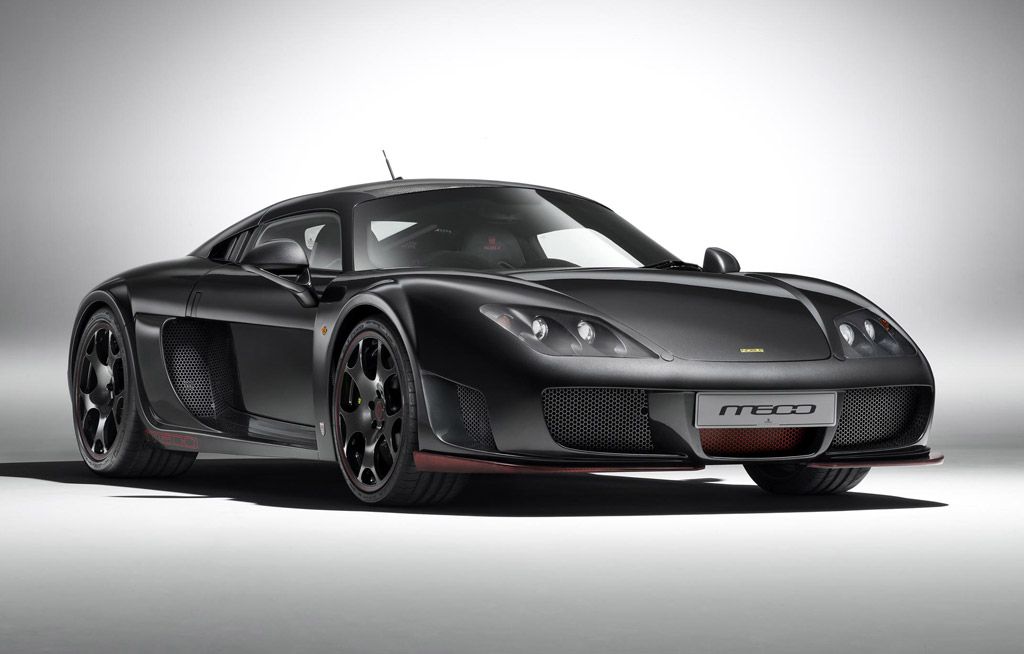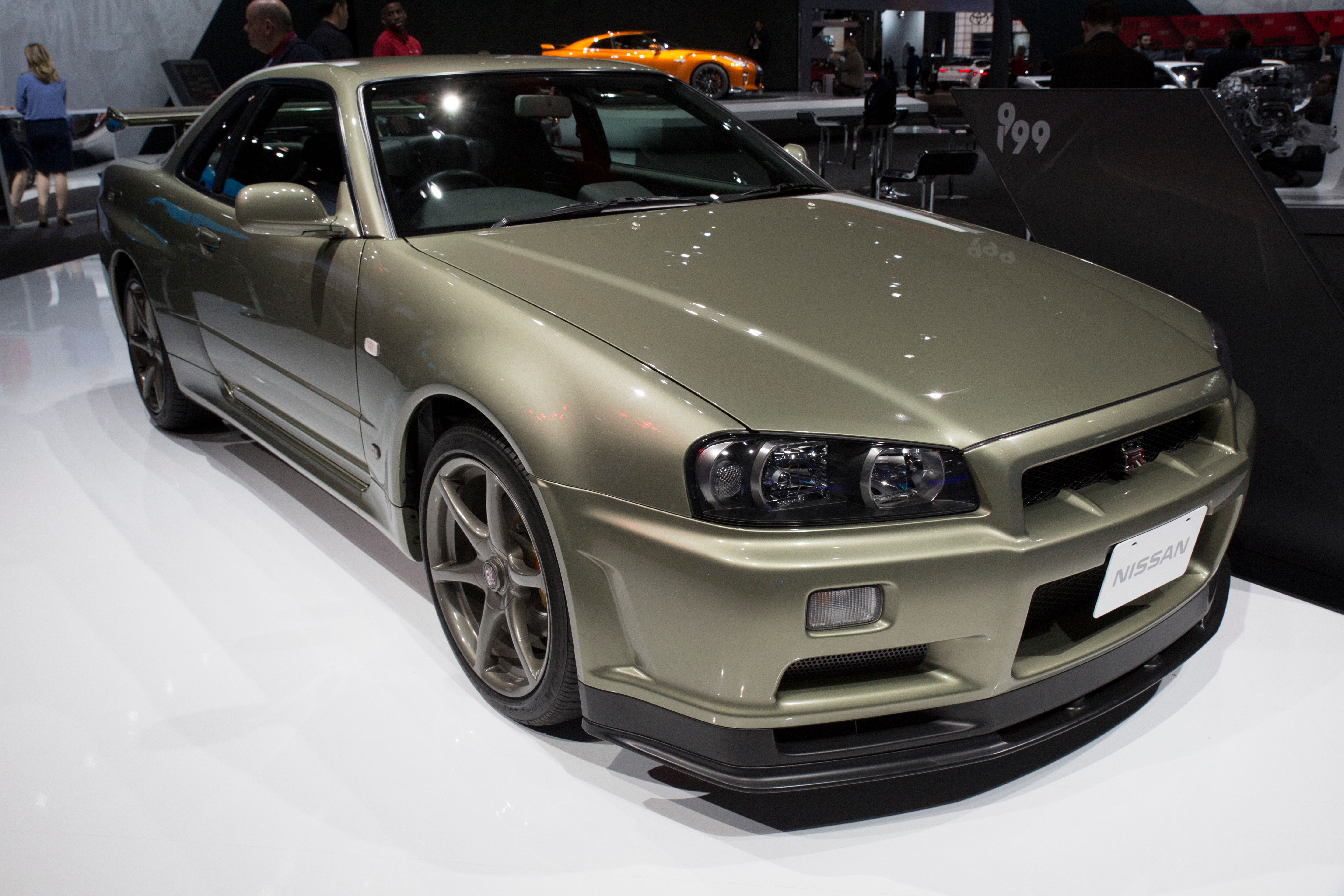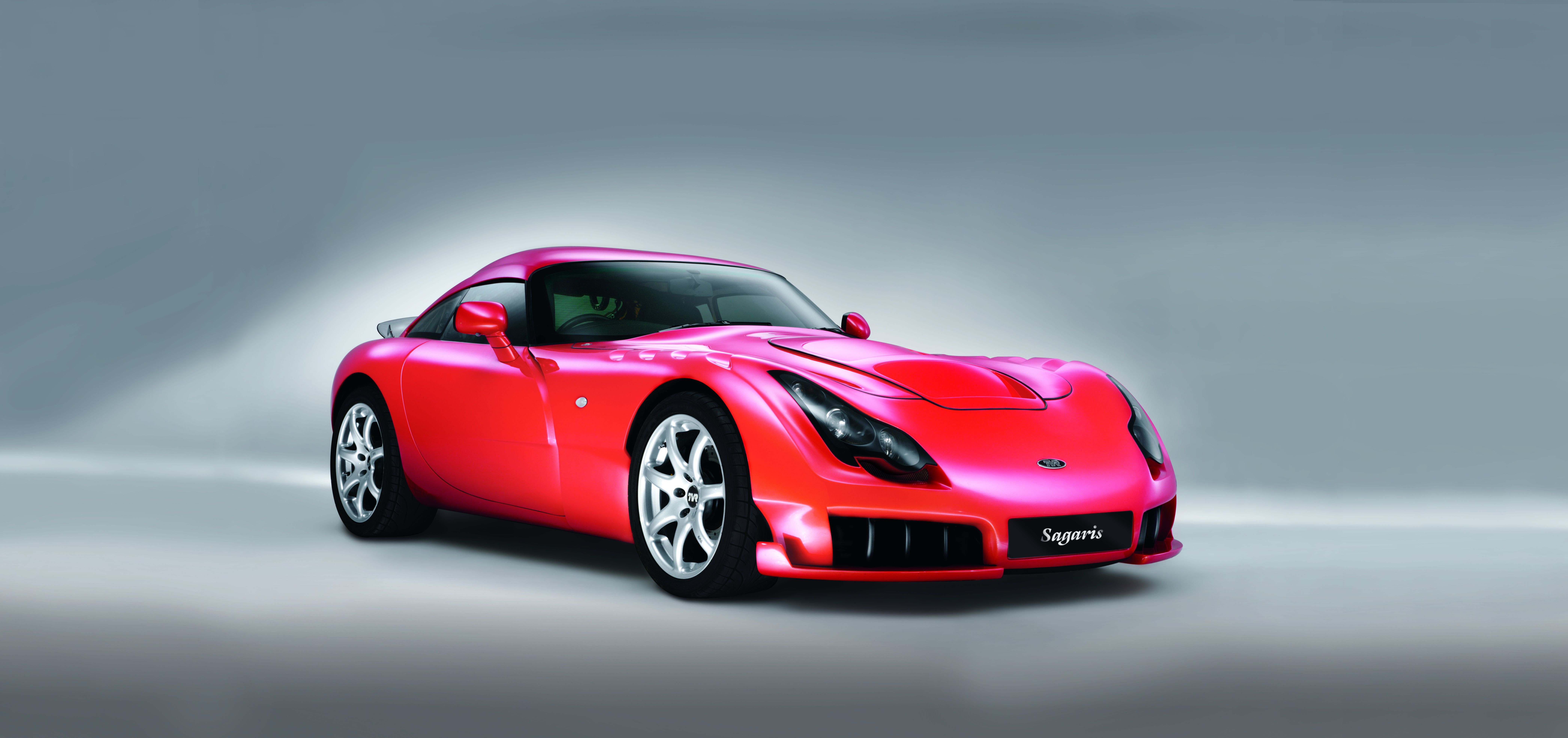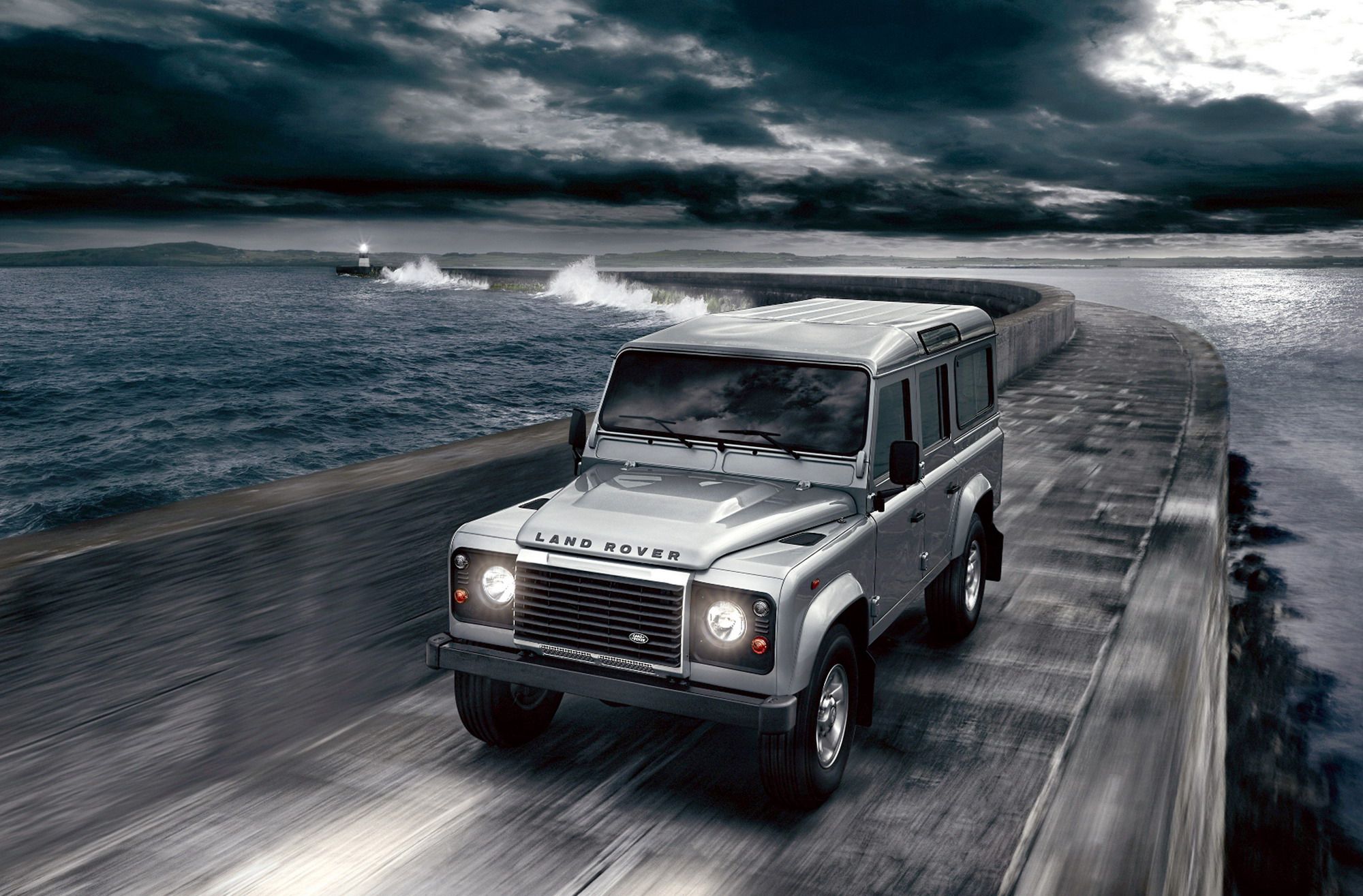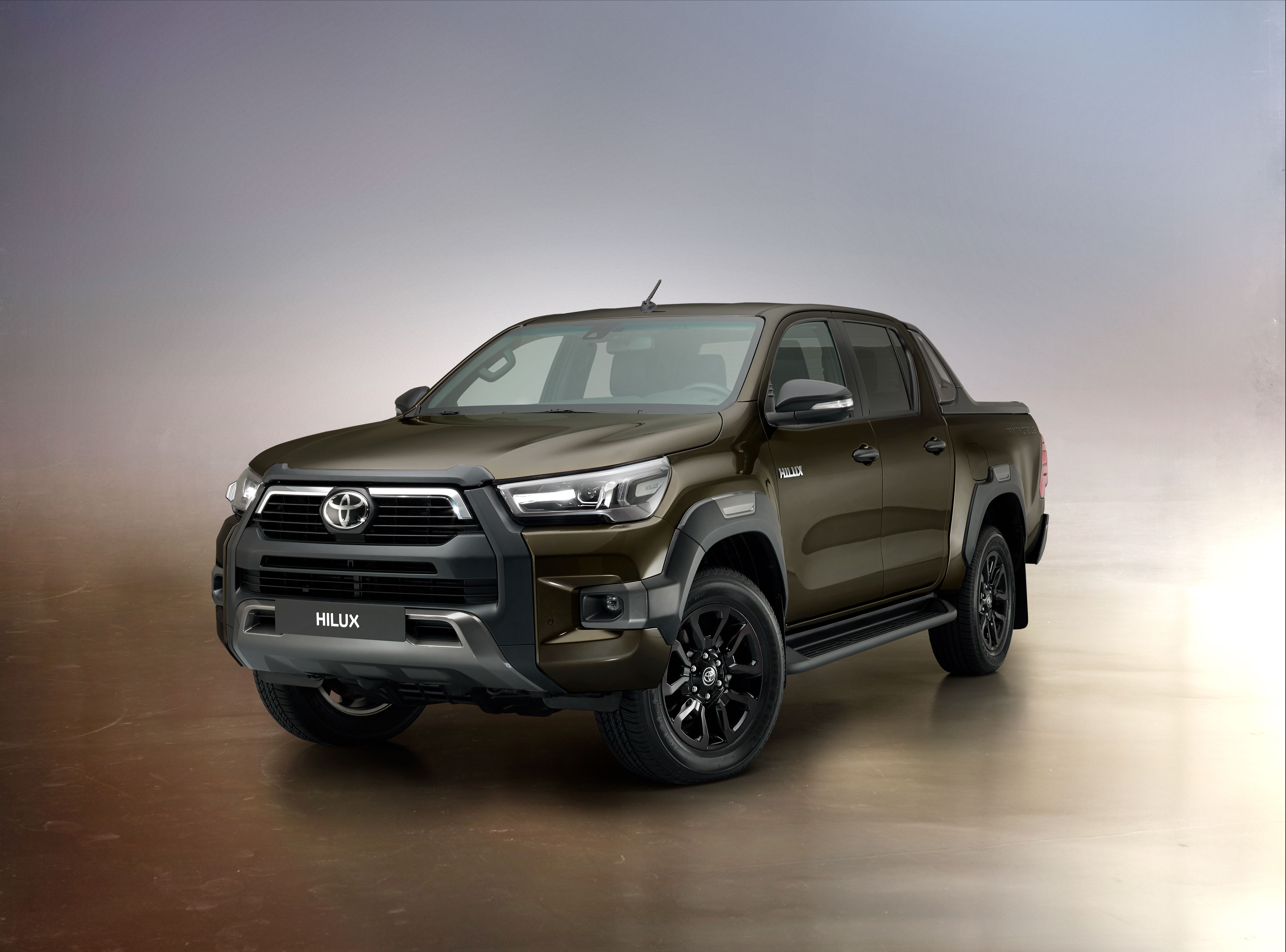The National Highway and Traffic Safety Administration is the body in charge of determining whether a vehicle is safe enough to be offered on the American market. Over the years, the body has vetted different imports and denied several models from being used in the United States even if they were widely accepted in other regions. To be fair, some of these models did not have crucial features like airbags or stability control, but they were very cool to drive. In other cases, it could be argued the bans were based on bureaucracy and nitpicking. Some regulations allow you to drive a car that the agency bans, though it has to be more than 25 years old and pass various regulatory hurdles. The following are some of the coolest cars that are still banned from American roads.
Jaguar XJ 220-S
The XJ220 once had the fastest car title during the mid-nineties for a brief period with a top speed of 212 miles per hour. Only six units were produced, but these, apparently, were enough for the NHTSA to officially ban the supercar from the United States. It had a 6.2-liter V-12 engine capable of producing 500 horsepower though the S model was tuned to deliver 690 horsepower. Apart from the powerful setup for the S model, there were other modifications such as removing the heavy seats, air conditioning, and the pop-up headlights which reduced the weight to hit the record-breaking top speeds. These were higher than what the NHTSA was comfortable with at the time leading to a permanent ban from the American market.
Read our full review on the Jaguar XJ 220-S
Alfa Romeo Giulietta
The Alfa Romeo Giuletta is not a very fast car. At its peak, it had a 1.8-liter engine that produced 237 horsepower at 2000 RPM. There were several other petrol and diesel variants over the six years it was in production, and those with the six-speed manual transmission were probably the most appealing. There is no extreme reason why the Giuletta was not approved for the American market, like a lack of airbags of terrifying power. Perhaps it had something to do with its performance on the safety front, though, compared to its competition, considering it does not have automatic emergency braking. There are six airbags, stability control, and seatbelt warning buzzers. Either way, the automaker declared there were no plans to export it to the North American market, though that may change in the future.
Read our full review on the Alfa Romeo Giulietta
Noble M600
The Noble was marketed as a unique British supercar as it was not built in direct competition with the current establishment. Each model is apparently hand-built to the clients' requirements, but there are significant reasons why it did not qualify for the American market. The lack of ABS and airbags is probably why the NHTSA felt this car was better left out of the market. It has improved brakes and significant-finish quality, though that does not justify the $350,000 price tag. The Noble does have a 4.4-liter twin-turbo V-8 engine that generates 650 horsepower. The acceleration to 60 mph is 3.0 seconds, and it has a six-speed manual transmission. It sounds like a lot of fun, but for a specific target audience like affluent individuals who like to spend their weekends on the track rather than ski slopes.
Read our full review on the Noble M600
Nissan Skyline R34
The 276 horsepower, 2.6-liter twin-turbo R34 is the pedigree of skyline engineering and was the precursor to the GT-R. Though the latter is legal in the United States, it is a bit of a mystery why this JDM gem is banned from use. The story began after the Second World War when U.S. soldiers began to import European cars. There were no restrictions on importations so it was possible to purchase and import cars cheaper than they could be bought at home, hence the grey market. In 1988, following increased lobbying from Mercedes Benz, congress passed the Motor Vehicle Safety Compliance act, which endorsed several environmental and safety regulations. Cars like the soon-to-be-released R32 were deemed non-compliant and so could not be sold. That ended the skyline's prospects in the North American market as Nissan was not confident the lineup would be successful even after jumping through the requirement hoops. In 1998 though, the NHTSA granted immunity for models 25 years and older, which means it is currently possible to import any skyline built before 1995. It also means the R34 will be legal in the year 2024.
TVR Sagaris
Most TVR models are banned from the United States market for the same reason as the Noble - they are uniquely designed for speed, though safety and driving ease are not exactly prioritized. They were not always banned from the American market, but during the 1980s, exports stopped. If safety reasons were not the cause then, it ruled TVRs out when the Motor Vehicle Safety Compliance act came around. That denied the market from the TVR Sagaris, which has been reviewed as one of the most exciting models from the automaker. After all, it was the swansong for the manufacturer before its closure featuring a 4.0-liter, straight-six engine. It was rated at 406 horsepower and linked to a five-speed manual transmission. TVR, though, neglected to give it ABS and airbags.
Read our full review on the TVR Sagaris
Land Rover Defender
Despite being the military vehicle of choice for the United Kingdom, the Defender is not legal in the United States. Technically it does not make much sense as it is one of the most capable old-school off-roaders and there are accepted vehicles that produce higher level emissions. However, it is in contravention of the crash safety and emissions regulations. Due to the compliance act loophole, it is possible to import the older versions that are at least 25 years of age under the classic car stipulations. The problem is the old design has changed quite minimally, so it is not easy to distinguish a 2016 generation one from a 1990 model. In fact, there are some that recent import versions that are illegal and modify them, so they look like the first land rover 90s and 110s.
Read our full review on the Land Rover Defender
Toyota Hilux
The Hilux was brought to the market in 1968 as a compact truck that could literally navigate any terrain. It also has a will to live unrivaled by most alternatives, hence why militias in war-torn areas prefer it. Interestingly, the Toyota Hilux is not on the American market because of something referred to as the chicken tax. That was a 25% tax that was imposed on imported brandy, potato starch, and light trucks such as the Hilux. Had it been built from Toyota's branch in America, it would not have been taxed, and the overall price would have stayed low. Though the tariff made the light truck too expensive for Toyota to market with other competitors in the same segment from Ford and Ram.
Read our full review on the Toyota Hilux

